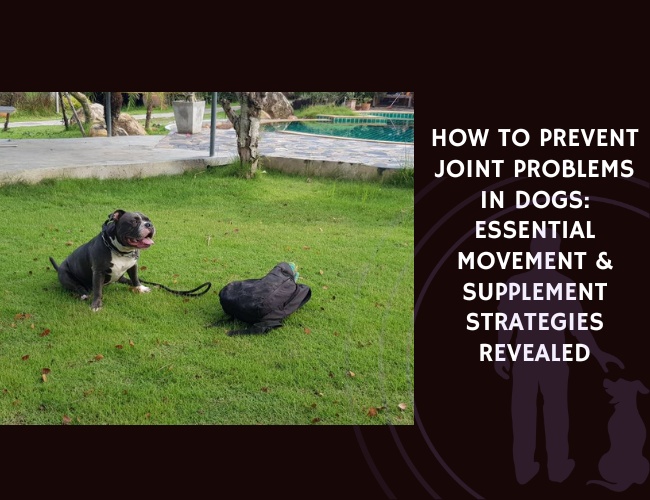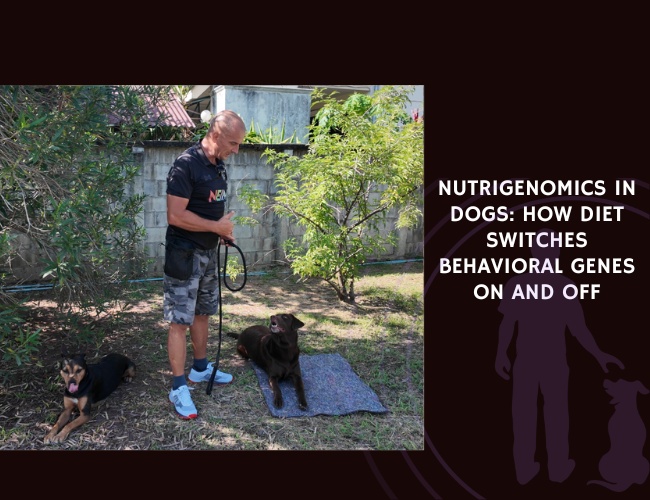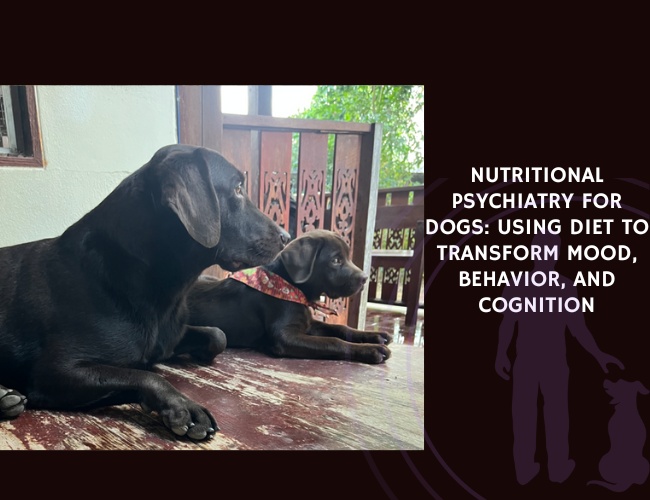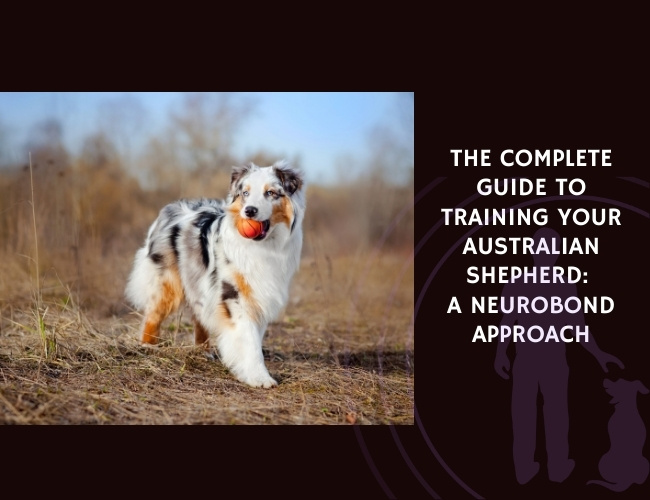Understanding Canine Joint Health: The Basics
The anatomy of dog joints and their function
Dog joints are fascinating and essential structures. Each joint is where two bones meet, held together by ligaments, cushioned by cartilage, and lubricated with synovial fluid. The articular cartilage covers the bone ends and allows smooth movement without painful friction. Ligaments and tendons stabilize the joint, connecting bones or muscles to bones. When all elements work together, your dog enjoys freedom of movement, balance, and coordination.
Primary causes of joint wear in dogs
Joint wear is unfortunately common as dogs age or face repetitive stress. The main causes include:
- Cartilage degradation: Over time, the smooth cartilage wears away, especially with chronic inflammation or excess weight. This loss leads to painful bone-on-bone contact.
- Ligament damage: Ligaments can weaken or tear, as seen in cruciate ligament injuries. Torn ligaments destabilize the joint, causing more wear and discomfort.
- Bone changes: Beneath the cartilage, bones may thicken or harden (a process called sclerosis), resulting in further pain and stiffness.
Biomechanical factors like your dog’s conformation, weight, and activity level also affect how much stress the joints handle.
How joint problems affect your dog’s quality of life
When joints are not healthy, your dog’s happiness and active lifestyle suffer. You may see limping, stiffness, or difficulty rising and playing. Reduced activity is often the first sign. Dogs in pain might avoid walks or jump less often, losing muscle strength and confidence. As deterioration continues, pain can become chronic, impacting sleep and mood.
We understand how important your dog’s comfort and joy are to you. Taking informed, professional steps to support joint health early can make a world of difference. A proactive approach paves the way for a happier, more mobile life for your loyal companion.
Risk Factors: Is Your Dog Predisposed to Joint Problems?
Understanding how age, breed, size, and genetics affect joint risk
As dogs grow older, their joints undergo natural changes. Cartilage—the smooth cushion between bones—starts to wear down. Ligaments, which hold bones together, can weaken. Bones beneath the cartilage may thicken or harden over time. These changes raise the risk of joint problems, such as osteoarthritis and stiffness. Larger dogs face even greater joint stress because their bodies carry more weight. Obesity adds further strain, speeding up joint wear and making problems more likely.
Breeds with higher risk and the role of genetics
Some breeds are more likely to develop joint issues due to their unique genetics. For example, German Shepherds often experience hip dysplasia. Labrador Retrievers may face elbow dysplasia, while other breeds are prone to cruciate ligament tears. These breed tendencies come from genetics passed down through generations. Even among mixed breeds, size and weight still play an important role.
How these factors combine
Joint problems rarely have a single cause. Age-related wear, breed genetics, size, and extra weight all combine in different ways. Dogs with larger frames that belong to high-risk breeds and are overweight have the highest chance of joint troubles. These risk factors make prevention and early awareness critical.
Our informative and professional approach helps you spot these risks early. Remember, you’re not alone if your dog falls into any of these categories. Supportive strategies can help maintain your dog’s mobility and comfort at every life stage.
Understanding these risk factors prepares you to notice and act on changes early, supporting your dog’s healthy, active life.
Early Warning Signs: Detecting Joint Problems Before They Worsen
Subtle behavioral changes to watch for
Noticing early signs of joint discomfort in your dog is crucial. Subtle behavioral changes can be the first clue. If your dog is less interested in walks or playtime, or takes longer to get out of bed in the morning, these could be signs of joint discomfort. You might find your dog hesitating before using stairs or jumping on favorite furniture. These shifts in activity show that your pet could be experiencing reduced joint mobility or pain, even before obvious physical signs begin.
Physical signs of joint issues
Physical changes often follow behavioral signs. Limping, stiffness after lying down, and an altered gait are common first signs. Some dogs develop a sway in their stride or begin to carry their weight differently. Others might avoid using specific legs altogether, especially after activity. Your dog may also be reluctant to jump or climb, preferring to remain grounded and moving with extra caution. Spotting these changes early is informative for both you and your veterinarian, as it allows intervention before symptoms become severe.
When to seek veterinary support
If you notice ongoing changes in your dog’s movement or energy, it’s important to act promptly. Consulting your veterinarian for a professional assessment is the best way to identify underlying joint problems. Techniques like gait analysis and mobility scoring can reveal subtle issues that aren’t visible to the naked eye. Early detection helps in developing a targeted plan to support your dog’s joint health and mobility. You’re not alone—early action can make a real difference in preserving your furry friend’s quality of life.
Understanding these early signs gives you the power to act quickly—an essential step for lifelong canine health.
The Power of Movement: Exercise for Healthy Joints
Why movement matters for your dog’s joints
Movement is more than just fun for dogs—it is a key factor in keeping joints working smoothly and comfortably. Regular, gentle exercise keeps joint fluid moving, which lubricates joint surfaces and reduces friction. This is essential for all dogs, whether young and energetic, or older with more fragile joints.
When dogs move, their bodies produce synovial fluid, the liquid that cushions and protects joints. Activities such as swimming, walking, and playful interactions help stimulate this natural lubricant. Think of it as oil for a door hinge—it prevents stiffness and keeps all moving parts in top shape. Swimming is especially helpful, as the water supports weight and reduces stress on sore or aging joints. Gentle walks on soft surfaces, like grass or carpet, can also support movement and limit impact compared to harder surfaces.
The muscle-joint connection
Movement is not just about joints—muscle health plays a big role too. Strong muscles around the joints act like shock absorbers, supporting the joints and reducing extra strain. Exercises that promote muscle strength and balance—like leash walks, or even simple games of fetch—help keep your dog’s joints stable and protected. Introducing light balance activities, such as slow turns and gentle uneven ground, can promote proprioception, which is the body’s ability to sense its position. Better proprioception leads to better joint stability.
Finding the sweet spot: not too much, not too little
Maintaining joint health is all about balance. Overexertion, like too much running, jumping, or rough play, overwhelms joints and can lead to injuries or speed up joint wear. On the other hand, lack of regular movement causes muscle loss, joint stiffness, and reduced joint fluid production—all of which make joints more vulnerable to problems. The goal is consistent, low-impact activity that matches your dog’s age, health, and energy level, ensuring each step supports a happier, more mobile life.
With exercise as a foundation, other supportive strategies can be introduced to create a truly joint-friendly lifestyle for your dog.
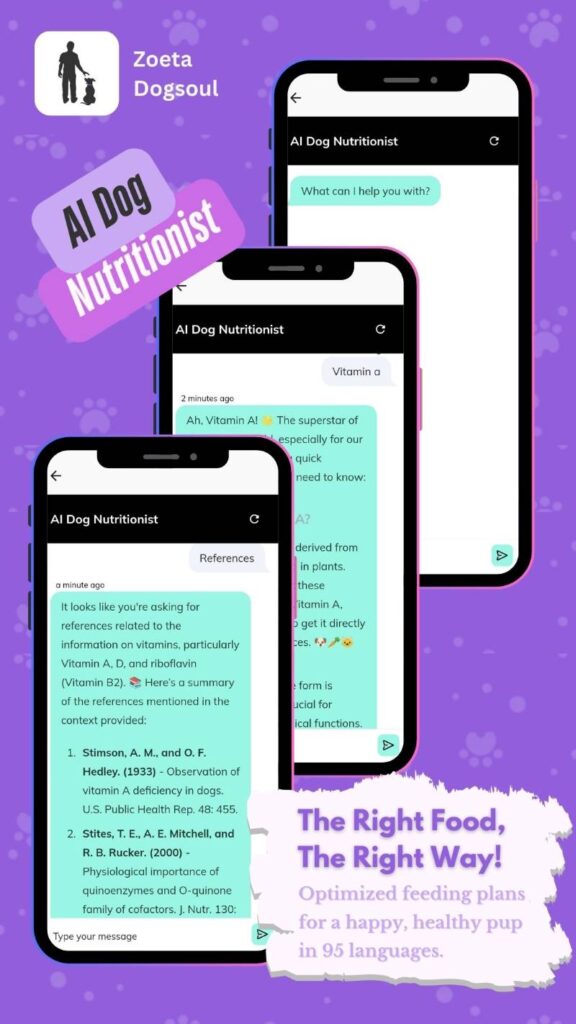
Creating a Joint-Friendly Environment
Flooring choices and joint impact
Your dog’s daily comfort and joint health start right where they stroll: the floor. Hard surfaces—like tile or concrete—can increase the impact on your dog’s joints, especially for breeds already at risk for issues like hip dysplasia or cruciate ligament tears. Over time, these forces add up, leading to more joint stress and discomfort. Softer flooring, such as carpet or area rugs, helps cushion each step, lessening joint shock and making movement more comfortable for dogs experiencing pain or stiffness.
Home modifications to reduce joint strain
Modifying your home environment shows your commitment to caring for your dog’s joints. For example, using ramps or steps allows your dog to access couches or beds without needing to jump. Keeping food and water at a raised level can prevent your dog from struggling to crouch down. Blocking off stairs with gates is another simple way to limit joint stress, particularly for older pets prone to slipping or overexertion.
Focus on keeping high-traffic areas clear of clutter to prevent sudden hops or quick stops that may jar the joints. Ensuring plenty of room to turn and stretch also encourages gentle movement that supports joint flexibility.
The value of supportive bedding
A comfortable resting place is just as important as safe movement. High-quality bedding offers firm yet soft support to reduce pressure points and cushion arthritic or sensitive joints. Orthopedic beds, especially those with memory foam, can relieve stress from hips, elbows, and shoulders while promoting deep, restful sleep.
By combining thoughtful flooring choices, smart modifications, and cozy bedding, you are building a joint-friendly space. These steps support your dog’s daily comfort and mobility and set the stage for other joint health strategies on your journey.
Nutritional Support: Supplements for Joint Health
Evidence-backed supplements for canine joints
Joint supplements have become an informative and professional tool in supporting dog joint health. Evidence shows that certain supplements—such as glucosamine, chondroitin, methylsulfonylmethane (MSM), omega-3 fatty acids, green-lipped mussel, and collagen—offer real benefits. Glucosamine and chondroitin help conserve cartilage and reduce the rate of wear-and-tear. Omega-3 fatty acids, often from fish oil, are known for their anti-inflammatory effects. MSM may further ease discomfort linked to joint problems. Each of these nutrients can be part of a caring, supportive routine for keeping your dog more comfortable and active.
How supplements work inside the joint
Cartilage is the cushion between bones in a joint. As dogs age or develop joint issues, cartilage can break down, leading to pain and stiffness. Supplements like glucosamine work by giving the body building blocks to preserve and even repair cartilage. Chondroitin aids this process by supporting cartilage’s elasticity and fluid retention.
Omega-3 fatty acids help by minimizing swelling that often worsens joint pain. These anti-inflammatory properties can make a big difference in daily comfort and activity levels.
Maximizing absorption and effectiveness
It’s important to remember that not all dogs absorb supplements the same way. Factors like breed, size, age, and general health play a role. Larger breeds may need different doses compared to smaller breeds, and more research is needed to find optimal amounts for specific situations. To get the most benefit, always work with your veterinarian, who can guide you in choosing the best product and the right dose for your dog’s needs.
Thoughtful nutritional support, as part of a balanced routine, helps maintain your dog’s mobility and happiness at each life stage. The next step in protecting joint health is to consider how weight management can further ease joint stress.
Strong Steps. Soft Landings.
Healthy joints don’t just support movement—they shape your dog’s joy.
From bounding across fields to curling up by your side, every gesture begins with a joint that works smoothly and pain-free. But mobility isn’t guaranteed—it’s earned and protected through conscious care.
Most joint issues don’t start with a limp—they start in silence.
Tiny stresses, extra weight, skipped walks, or hard landings slowly wear away what your dog relies on every day. By the time stiffness shows, damage may already be underway.



Prevention is movement. Protection is love.
Supportive routines, joint-nourishing nutrients, and thoughtful home environments don’t just fight wear—they build resilience. Your dog’s future is shaped by what you do today.
Weight Management: A Crucial Factor in Joint Health
Why Weight Matters for Dog Joint Health
We understand how much you want your dog to be happy and active. Managing your dog’s body weight is among the most informative and supportive steps you can take for their joint health. Extra weight puts more stress on joints, especially on the hips, knees, and elbows. Over time, this extra pressure causes cartilage to break down faster, and bones beneath the cartilage may become thickened or hardened, making pain and stiffness more likely. Large and heavy breeds face even greater risks. For every bit of extra weight, your dog’s joints work harder with every step, jump, or stretch.
Strategies for Maintaining a Healthy Weight
Helping your dog maintain a healthy body weight is a professional and effective way to slow joint degeneration and keep them moving with ease. Here’s how you can support your dog:
- Balanced Diet: Choose dog food that matches your dog’s size, age, and activity level. Measuring meals helps prevent overeating.
- Low-Calorie Treats: Opt for healthy treats like carrots or green beans instead of high-fat, high-calorie snacks.
- Portion Control: Avoid free-feeding. Set meal times and stick to serving sizes recommended by your veterinarian.
- Routine Exercise: Walking, swimming, and structured play help burn excess calories while strengthening muscles. Consistency is key, but avoid overexertion, which can injure stressed joints.
Professional Weight Management Plans
If you’re unsure where to begin, your veterinarian is your most informative and compassionate resource. They can evaluate your dog’s current condition, set a target weight, and create a plan that fits your dog’s needs. Tracking your dog’s progress together helps ensure lasting results and early intervention if new joint concerns arise.
By keeping your dog at a healthy weight, you’re setting the foundation for improved joint function and mobility. Up next, we’ll address approaches tailored to specific breeds and sizes for optimal care.
Breed-Specific Approaches to Joint Care
Exercise Tailored to Breeds and Sizes
Every dog breed moves differently, and that matters when choosing the best activities. Large breeds, like German Shepherds and Labrador Retrievers, are prone to hip or elbow issues. For them, low-impact activities such as swimming or walking on grass are helpful to protect their joints. Play routines should focus on balance and gentle movements, avoiding sudden jumps or turns.
Smaller breeds still need exercise but are at lower risk for certain joint problems. Short walks and structured play indoors work well for them. Medium breeds, like Border Collies, benefit from varied activities that build muscle without repetitive strain. For all breeds, walking on soft surfaces—like grass or carpet—reduces impact on joints and supports their natural movement.
Breed-Specific Supplement Considerations
Not all dogs need the same supplement amounts. Larger or highly active breeds often require higher doses of glucosamine or omega-3s to support cartilage and lower inflammation. Small dogs may need smaller amounts, but regular supplementation can still be valuable as they age. Collagen, green-lipped mussel, and chondroitin can help most breeds but adjusting the dose by weight and size is recommended. More research is needed to fine-tune these amounts, so consult your veterinarian for safe, effective dosing.
Preventive Strategies for Vulnerable Breeds
If your dog’s breed is prone to joint disorders, prevention is key. Early mobility care, healthy weight maintenance, and a mix of gentle exercise and proven supplements may delay joint changes. Watch for subtle changes in posture or activity, and begin care strategies before symptoms emerge to support lifelong comfort.
Being proactive gives each breed their best chance for a pain-free, mobile life as they grow and age.

Monitoring Joint Health: Assessment Tools
Professional methods to assess your dog’s joints
We understand that keeping your dog’s joints healthy is a top priority. One of the most informative and supportive approaches is using professional assessment tools. Veterinarians rely on techniques like radiography (X-rays), mobility scoring, and gait analysis to check joint health. Radiography helps detect bone changes, such as joint space narrowing and the formation of new bone, often seen in osteoarthritis. Mobility scoring is a professional evaluation where your veterinarian looks at your dog’s range of motion and daily movement patterns. Gait analysis, which includes watching your dog walk or recording video, reveals even small changes in stride or posture that suggest discomfort or early problems.
Simple ways to track joint health at home
You are not alone if you want to take an active role in your dog’s care. There are supportive methods you can use at home to help spot any changes early. Keeping a mobility journal is both informative and practical. Write down any changes in activity, willingness to go for walks, how quickly your dog rises, or if there is limping after exercise. Compare these notes over weeks to identify trends. Video your dog moving on different surfaces to see subtle changes. If you notice issues, seek professional guidance promptly.
Setting a baseline and detecting changes
The best time to start tracking is when your dog is active and healthy. Establishing a baseline means you know what is “normal” for your dog’s stride and energy. This gives you, and your veterinarian, an informative starting point to catch changes quickly. Being proactive allows early interventions, which are key for supporting lifelong joint health.
Regular assessment is a compassionate part of joint care that encourages early support and helps prevent serious problems down the road.
Multimodal Intervention: Combining Strategies for Optimal Results
Why combining strategies works
When caring for your dog’s joints, using just one approach rarely brings the best results. Exercise, nutritional supplements, and supportive therapies each play a unique role. Together, they offer a powerful and informative plan for managing and even preventing joint problems. Our professional team encourages a supportive, holistic view—because dogs are unique, and so are their needs.
Balancing exercise and supplements
Gentle, low-impact movement like walking or swimming can keep your dog’s joints lubricated and muscles strong. This reduces pain and supports everyday mobility. But movement alone is not enough. Joint supplements—including glucosamine, chondroitin, omega-3 fatty acids, and collagen—help reduce inflammation, support cartilage repair, and may ease discomfort. Used together, these strategies work better than either one alone, creating a synergy that benefits your dog’s overall health.
Working with your veterinarian
Creating a joint health plan is not “one size fits all.” Age, size, breed, and health risks should be part of the plan. Your veterinarian can perform assessments like gait analysis or radiography, helping to set a baseline. Regular check-ins ensure the plan is still the right fit. If something changes—like more limping or reduced activity—adjustments can be made quickly.
Adapting for lifelong joint health
Over time, what works now may not work forever. Joint needs change as dogs grow older or try new activities. Stay alert for changes in movement, energy, or behavior. Frequent monitoring, open communication with your care team, and timely tweaks to exercise and supplement routines provide the supportive care that keeps joints healthy for years to come.
This hands-on approach helps your dog stay active, happy, and comfortable.
Prevention vs. Management: The Importance of Early Intervention
Why proactive care leads to better joint health
When it comes to joint problems in dogs, prevention is far more effective than managing disease after symptoms appear. Early intervention helps maintain mobility, reduce pain, and improves your dog’s overall quality of life. Our professional team is here to support you with informative, reliable strategies so you can take action before problems arise.
Building healthy habits from puppyhood
Joint health isn’t just a concern for older dogs. Starting preventive routines in puppyhood, such as providing balanced low-impact exercise like walking or swimming, helps strengthen muscles and support growing joints. For growing puppies, be mindful of not overexerting them—too much high-impact activity can actually increase the risk of problems later on.
Lifelong joint wellness—for every age
As dogs age, joints naturally experience wear from cartilage breakdown, ligament strain, and bone changes. Heavier or larger dogs, and breeds with a genetic risk, may see faster joint wear. Proactively supporting joints with supplements like glucosamine, chondroitin, and omega-3 fatty acids, and keeping dogs at a healthy weight, slows this process and reduces discomfort. Regular check-ins with your veterinarian allow for early detection and timely adjustments to activity or supplements, giving your dog the best chance for long-term mobility.
Why early intervention matters
By implementing movement and nutritional support early—ideally before any obvious signs appear—you can delay or even prevent the need for medications or surgical interventions. Catching subtle changes, such as a reluctance to jump or reduced playfulness, means you can act fast, preserving cartilage and preventing pain.
Focusing on preventive measures ensures dogs of every age, size, and breed enjoy a happier, more active future. With the right approach, you can confidently support your dog’s joint health every step of the way.

